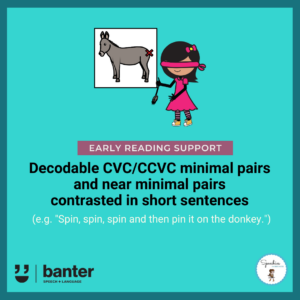(R208) CVC/CCVC minimal pairs and near minimal pairs contrasted in short sentences
$4.99 including GST
Once our students have learned to decode and encode simple Consonant-Vowel-Consonant (CVC) and Consonant-Consonant-Vowel-Consonant (CCVC) words composed of letters in the basic code – but before we step up to working on polysyllabic words, we recommend that students practice decoding short sentences containing similar words that contrast CVC and CCVC word pairs, e.g. <tick> v <stick>.
In this early reading support resource we feature 32 decodable CVC/CCVC minimal pairs and near minimal pairs contrasted in short sentences.
Description
Early reading support: 32 decodable CVC/CCVC minimal pairs and near minimal pairs contrasted in short sentences (e.g. The man hit the big tick with a stick.”)
Learning to decode letters into speech sounds, and then to blend the speech sounds together to form words is a fundamental reading skill for all students in their first year of schooling.
Once our students have learned to decode and encode simple Consonant-Vowel-Consonant (CVC) and Consonant-Consonant-Vowel-Consonant (CCVC) words composed of letters in the basic code – but before we step up to working on polysyllabic words, we recommend that students practice decoding short sentences containing similar words that contrast CVC and CCVC word pairs, e.g. <tick> v <stick>.
These exercises are also useful for students who may speak with residual cluster reduction (e.g. saying <pin> for <spin>).
Related resources:

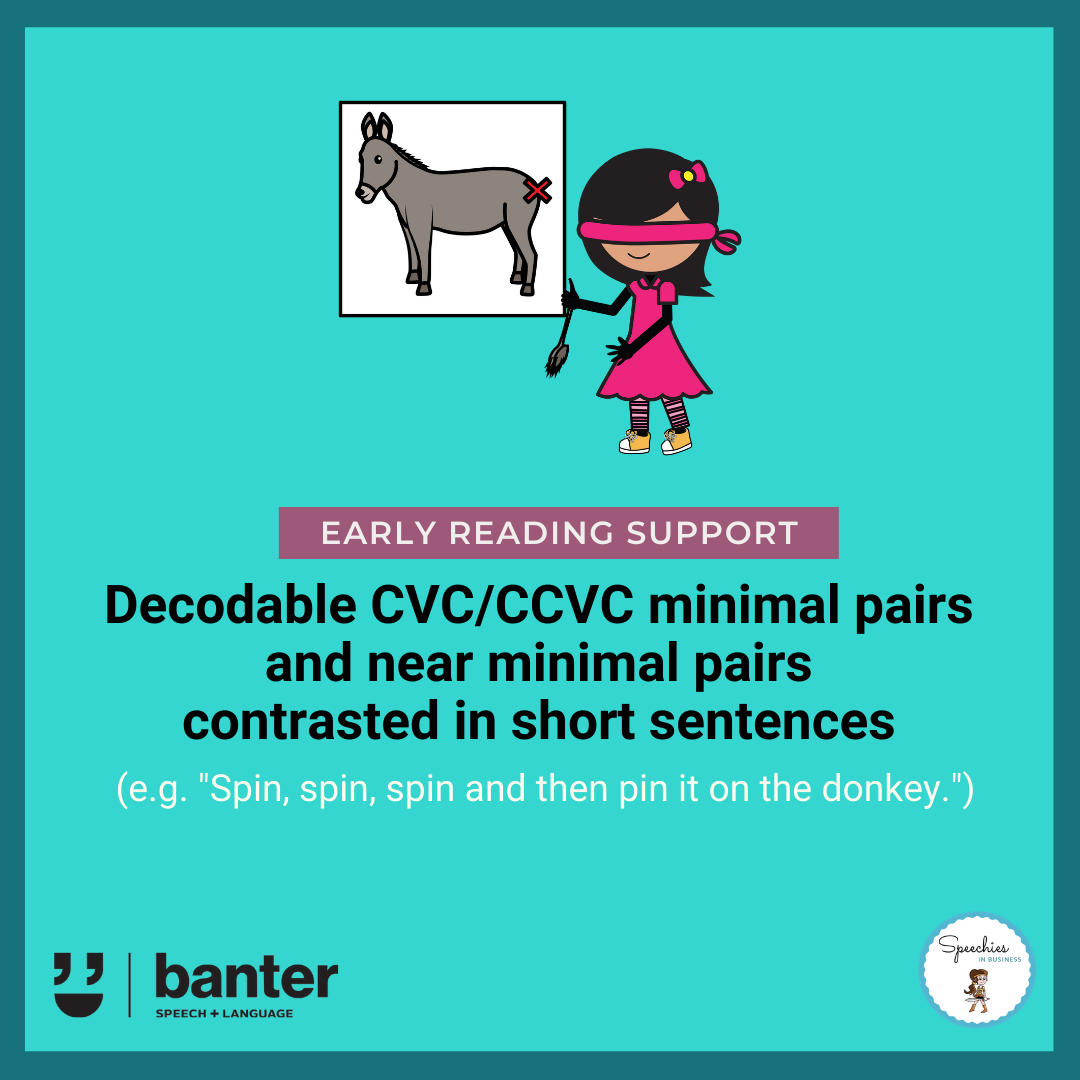
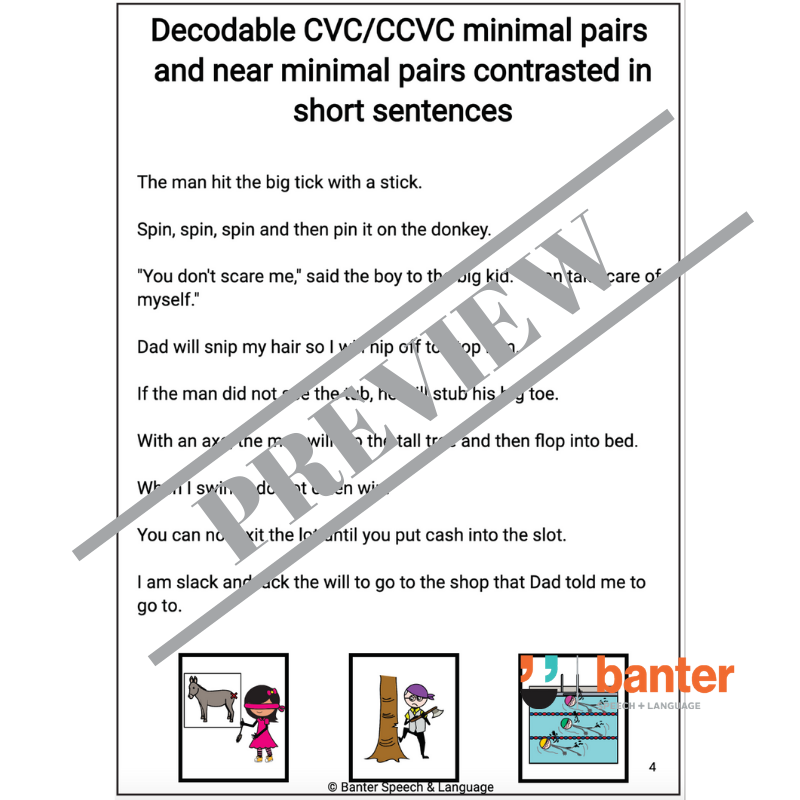



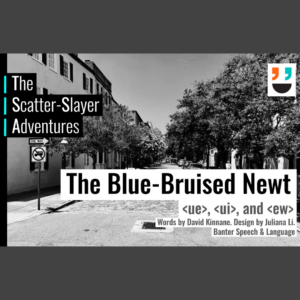

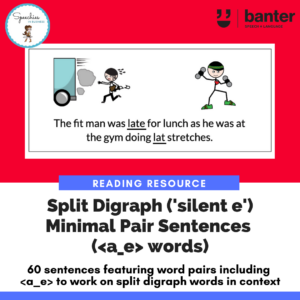
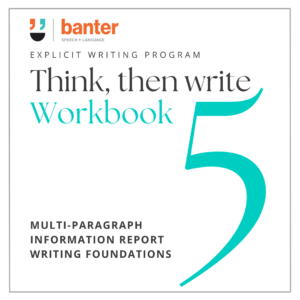
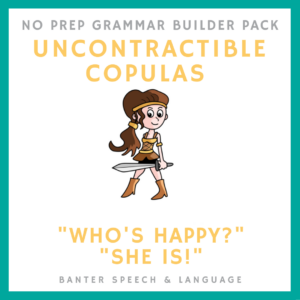 (L264) The No Prep Grammar Builder: Uncontractible Copulas (“Who’s happy?” “She is!”)
(L264) The No Prep Grammar Builder: Uncontractible Copulas (“Who’s happy?” “She is!”) 